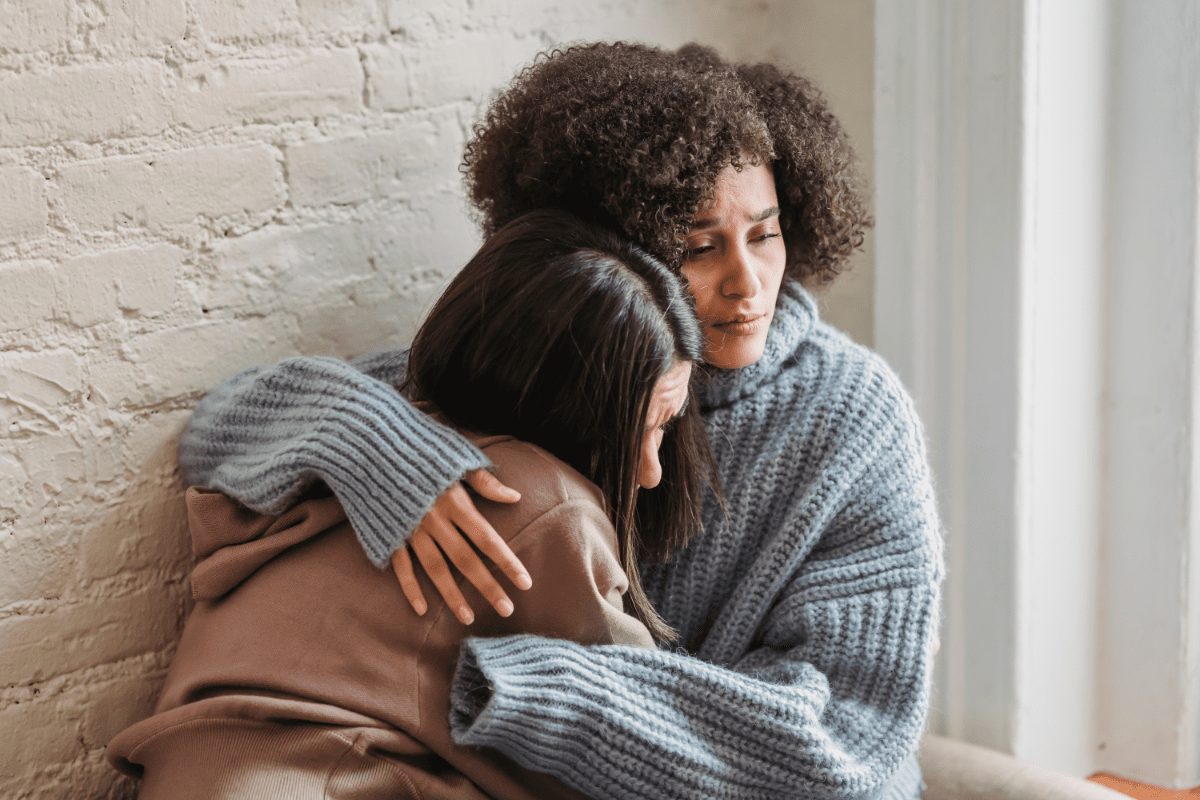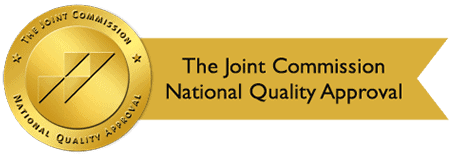By: Design for Change Recovery
Categories:
Are You at Risk of Relapse? Watch Out for These Signs
You are here:In the aftermath of treatment, many people recovering from substance use disorders worry about the risk of relapse. Although relapse is a common occurrence, no one wants their recovery efforts to be for nothing. Nevertheless, about 40 to 60 percent of people experience relapse after rehab, according to NIH.
Keep in mind that a slip or full-blown relapse doesn’t mean you’ve failed. It is merely a sign that you need further treatment or additional support. Relapses can happen to anyone, but many people manage to get back on track and maintain their sobriety.
Understanding the Risk of Relapse
Relapse is not a singular event. It is a process that occurs in stages. The stages start out in subtle ways and continue to worsen over time. If you are concerned that you may be at risk of relapse, pay attention to the following stages and warning signs:
Stage 1 – Emotional Relapse
The first stage of relapse, the emotional stage, is easy to overlook. After rehab, you are understandably anxious and sensitive. Or, you may be overly confident and eager to prove yourself. In either case, your emotions and behaviors may be the cause of relapse.
During this stage, setting unrealistic goals or not having a strong support system can also lead to relapse. At this stage, you aren’t consciously thinking about using, but the triggers may be building.
Some of the warning signs that indicate an emotional relapse include:
- Keeping your emotions inside
- Social isolation from friends or family
- Defensiveness, mood swings, depression
- Failing to attend support groups
- Neglect of one’s own needs
- Not engaging in enough sober fun
- Refusing to ask for help
- Poor sleeping and eating habits
If you feel you are in this stage of relapse, self-reflection can be helpful. Ask yourself the following questions:
- Am I finding ways to have sober fun?
- Do I put aside time for myself?
- How am I addressing my feelings, thoughts, and emotions?
- Am I coping with daily stressors effectively?
- What coping skills am I using? Do they work?
- Am I attending and participating in enough support meetings?
During the emotional stage of relapse, denial is very common. Feeling uncomfortable or restless is not unusual. Take steps to relieve these symptoms to avoid relapsing. Reach out for help or attend another support meeting. If you allow these symptoms to go unchecked, you’ll be at risk of moving into stage 2 of relapse.
Stage 2 – Mental Relapse
During this stage of relapse, you are at war with yourself. Part of you wants to use, while part of you doesn’t. It’s not uncommon to fantasize about using while in this stage. But, over time, your cognitive resistance begins to decrease, and you seriously consider using.
Some of the signs of mental relapse are:
- Physical and psychological cravings to use drugs or alcohol
- Thinking about things associated with past drug use
- Glamorizing past substance use and minimizing consequences
- Bargaining with yourself to justify using
- Looking for opportunities to relapse
- Thinking of ways to better control using
Experts suggest talking to someone you trust about your thoughts. Most cravings or urges last about 15 to 30 minutes, so do something to distract yourself until it diminishes. You can try relaxation techniques such as music, reading, taking a walk, swimming or whatever you enjoy most. The goal is to resist heading into the next stage known as physical relapse.
Stage 3 – Physical Relapse
Physical relapse is the willful act of drinking alcohol or using drugs. It can happen quickly if you don’t take the time to acknowledge or address the first two stages of relapse. However, if you reach this stage, don’t give up. It may be necessary to try a different treatment approach and to seek more effective support.
Common Risk of Relapse Triggers
Relapse triggers can be difficult to avoid. It seems that temptations are everywhere. People promote the use of drugs and alcohol on social media, in movies, in music, and at school or work. In addition to these hurdles, you’ll face daily life stressors that can lead to relapse.
The most common relapse triggers are:
- Stress
- Boredom
- Illness
- Easy access to drugs or alcohol
- Being around people who use
- Spending too much time alone
- Major life changes (new job, new relationship, etc)
Each person reacts to triggers differently, and there may be some that are not listed above. However, knowing what to look for can help you avoid relapse.
Take These Steps to Reduce Risk of Relapse

The way you react to the relapse is what’s important. Consider this as a signal that you should modify some of your techniques.
Although returning to treatment may seem like a step backward, it’s nothing to be ashamed of. This time around, you’ll have a better idea of what works for you and what doesn’t. You can work with the counselors to create a treatment plan that better aligns with your unique situation.
Relapse Prevention at Design for Change Recovery
Relapse prevention is an integral part of our comprehensive addiction treatment program. We incorporate a combination of evidence-based, cognitive-behavioral therapies that adapt to each client’s specific needs.
At Design for Change Recovery, you’ll learn how to identify triggers, set personal recovery goals, and recognize the warning signs of relapse. Additionally, we provide a comforting environment that is staffed with compassionate professionals who understand your addiction recovery challenges.
If you need addiction treatment or have suffered a relapse, contact our Lancaster, CA facility today. One of our representatives will be happy to talk to you about our program.
Sources:
- ncbi.nlm.nih.gov/– Relapse Prevention and the Five Rules of Recovery
- dhhr.wv.gov/ – Initial Relapse Prevention Plan
- drugmisuse or inappropriate use.gov/ – The Science of Drug Use and Addiction: The Basics


